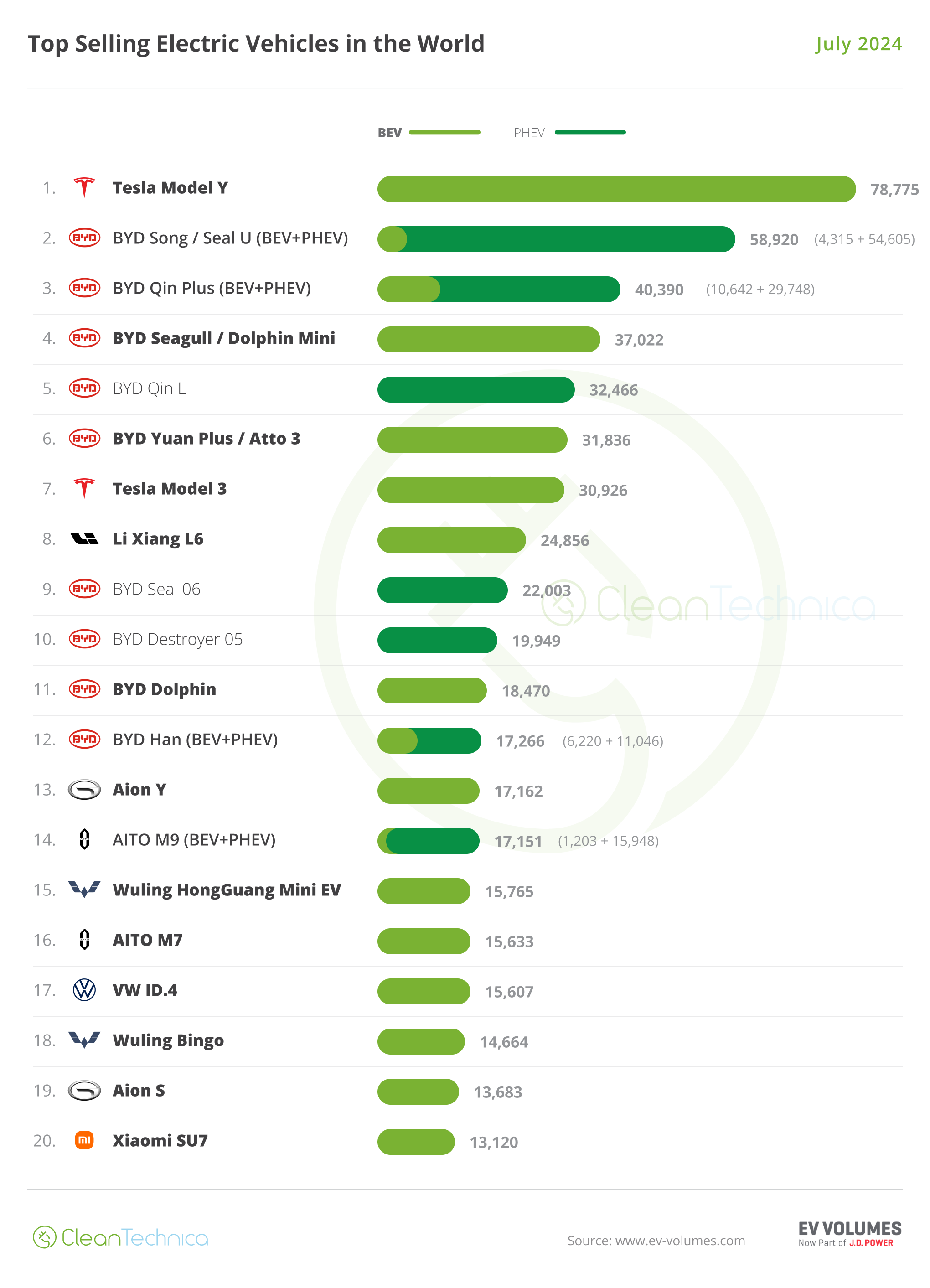LONDON, July 31 (Reuters) – The UK government on Monday reaffirmed its support for projects to capture and store carbon dioxide emissions as part of its efforts to reach net zero goals and said two more projects would be able to begin negotiations to take them forward.
Britain already said in March it would invest 20 billion pounds ($25.7 billion) over the next 20 years in the technology and did not announce any extra cash on Monday.
WHAT IS CCS?
There are two main types of carbon capture and storage. Point-source carbon capture and storage (CCS) which captures CO2 produced at the source, such as a smokestack, while direct air capture (DAC) removes carbon dioxide (CO2) that has already been released into the atmosphere.
The two new British projects to get government backing are Acorn – developed by Storegga, Shell, Harbour Energy and North Sea Midstream Partners – and the Viking project – led by Harbour Energy.
They are both designed to capture emissions from heavy-emitting sectors, such as oil and gas refining and steel manufacturing, and store them underground off the coast of Britain in depleted oil and gas fields.
HOW DOES IT WORK?
Firstly, the CO2 has to be separated from other gases produced in industrial processes or during power generation.
Once captured it has to be compressed and transported to sites for storage often via pipelines. After that, it has to be injected into rock formations underground – typically 1 km (0.62 mile) or more under the ground – for storage for decades.
IS THE TECHNOLOGY PROVEN?
CCS has been in operation since the 1970s with more than 200 million tonnes of CO2 captured and stored deep underground globally, the Global CCS Institute says.
Many projects however have failed to deliver the carbon savings promised.
The world’s largest commercial CCS project, Chevron Corp’s (CVX.N) Gorgon project in Australia has struggled to hit capacity.
WHAT ROLE CAN IT PLAY?

A U.N. panel of scientists’ report last year said CCS can help the world to reach global climate targets set under the 2015 Paris Agreement on climate change, but that the focus needed to remain on preventing emissions from being emitted in the first place.
Countries such as Britain expect the technology to help them reach their net zero targets, with Britain aiming to capture and store 20-30 million tonnes a year by 2030, equal to the emissions from 10-15 million cars.
Some environmental groups, however, question how effectively CCS can curb emissions as the technology enables fossil fuel companies to operate for longer and can allow more oil and gas to be recovered from old fields.
HOW MANY FACILITIES ARE THERE?
According to the Global CCS Institute, 61 facilities were added to the global project pipeline last year, bringing the total to more than 190. Of those, 30 were in operation, 11 were under construction and the remainder in various stages of development.
WHAT IS THE DIFFERENCE BETWEEN CCS AND CARBON CAPTURE, UTILISATION AND STORAGE (CCUS)?
CCUS – instead of just storing the CO2 – re-uses it in industrial processes such as plastics, concrete or biofuel manufacture.
HOW MUCH DOES IT COST?
CCS technology is expensive and two thirds of lifetime costs are upfront expenditure, consultancy Wood Mackenzie says.
Developers have blamed a lack of funding and the absence of a clear economic argument for building CCS projects for a global lack of progress.
Individual project costs vary from $20/tonne of CO2 to $150/tonne depending on the technology type and source of captured emissions, Wood Mackenzie said in a 2022 report.
It forecast costs could fall by 20%-25% over the next two decades.
CCS with direct air capture is in the high triple digits per tonne, depending on the technology type.
Sources: National Grid Group, International Energy Agency, Global CCS Institute, European Commission. Wood Mackenzie
($1 = 0.7778 pounds)
Share This:





